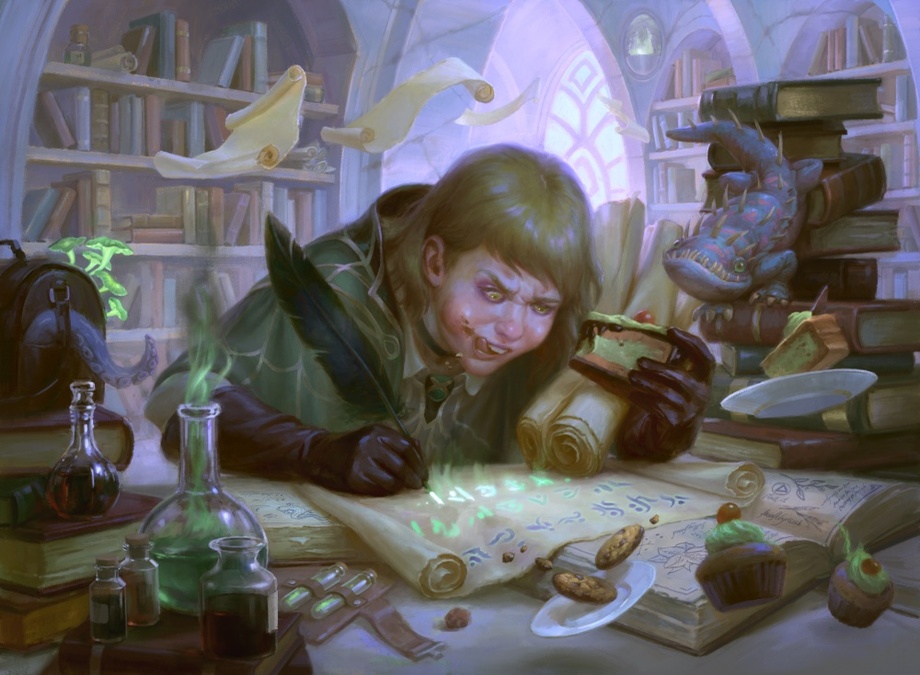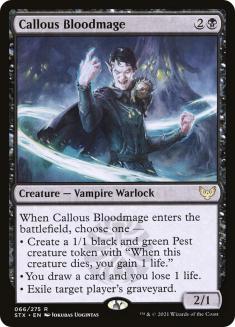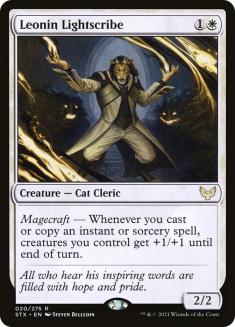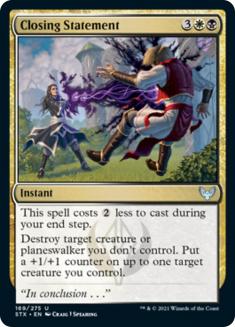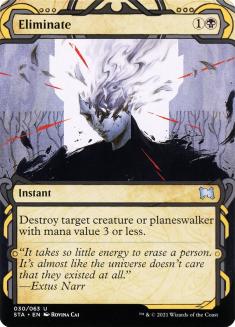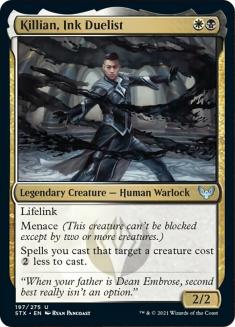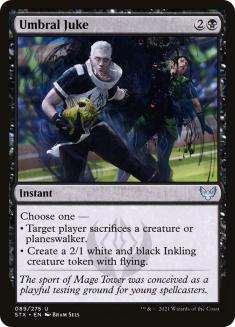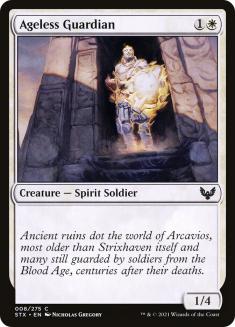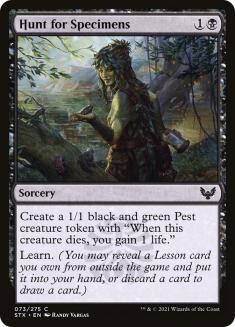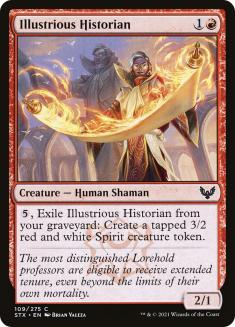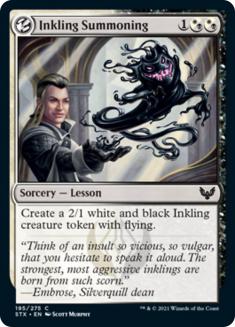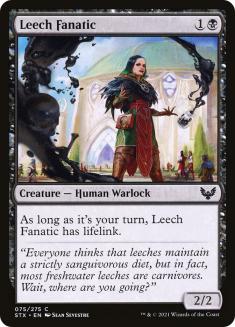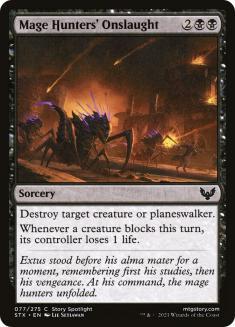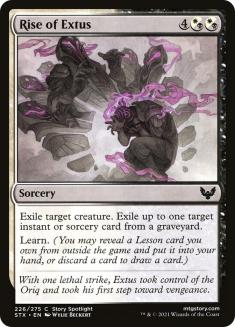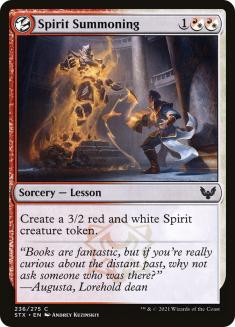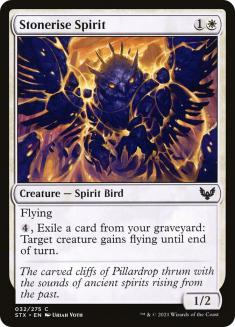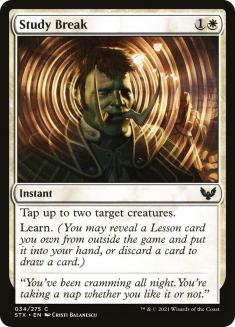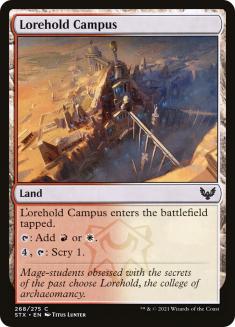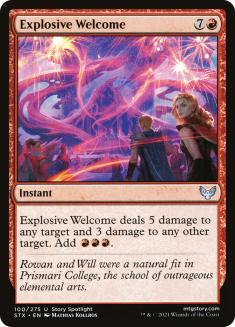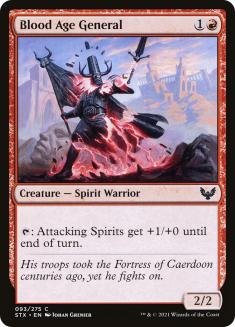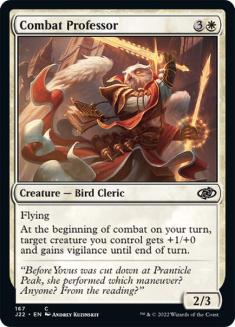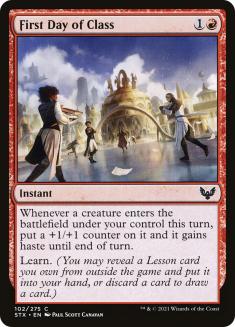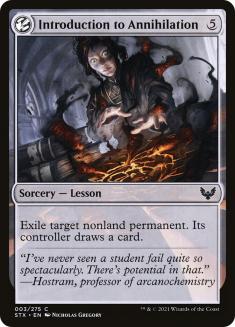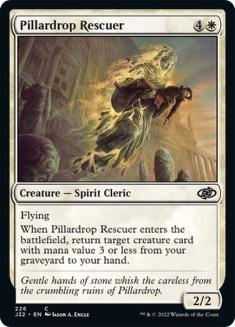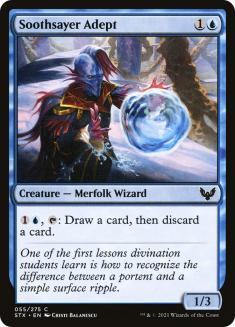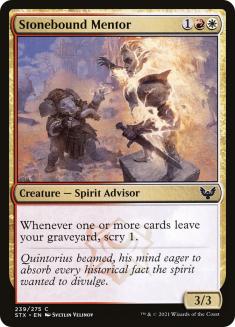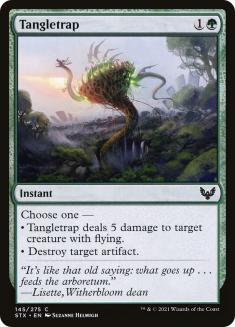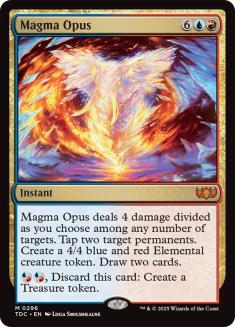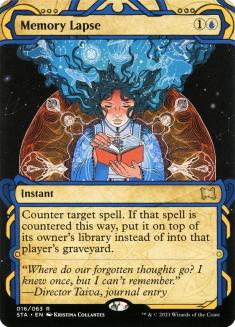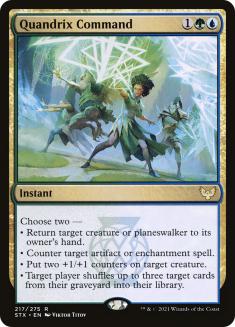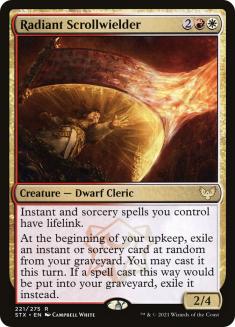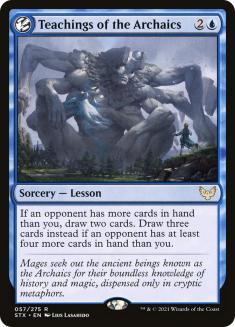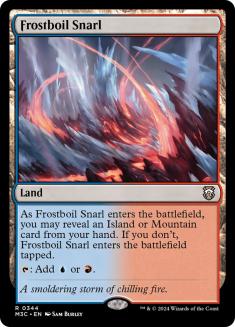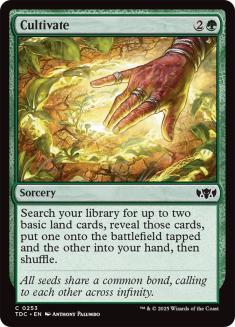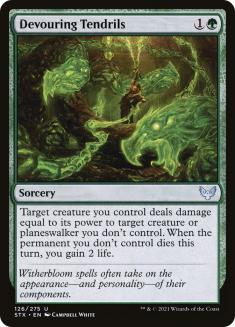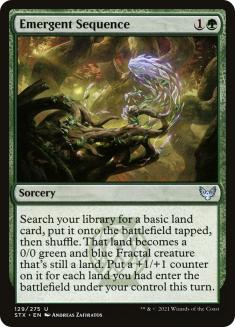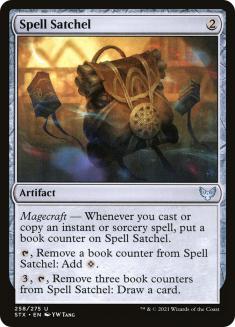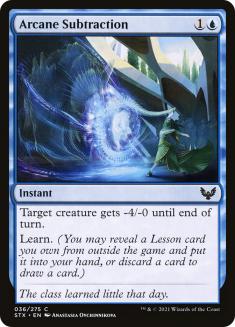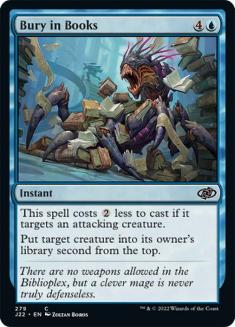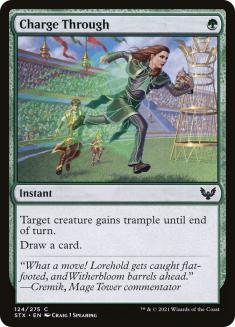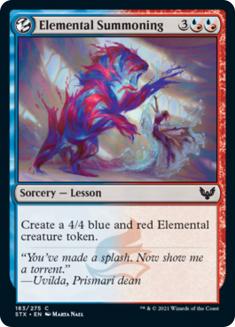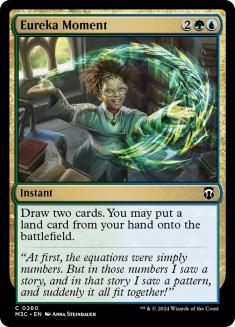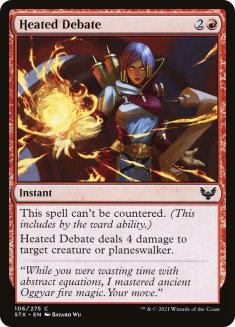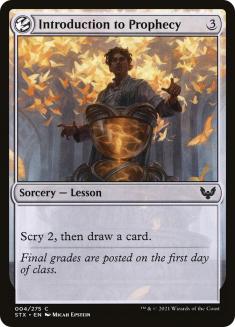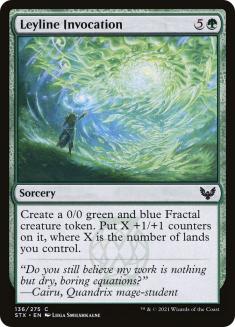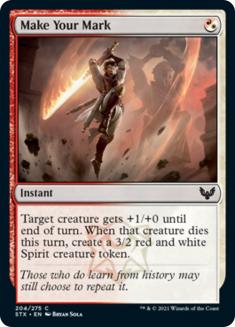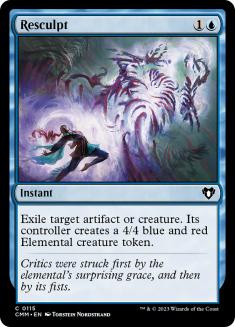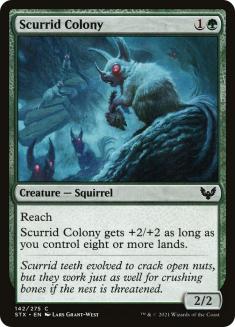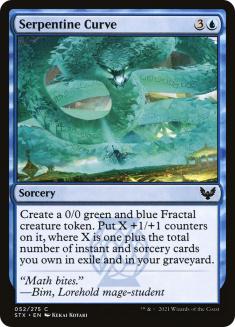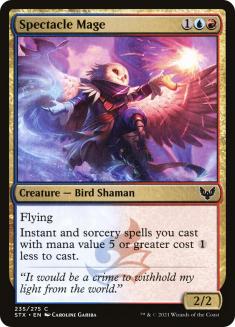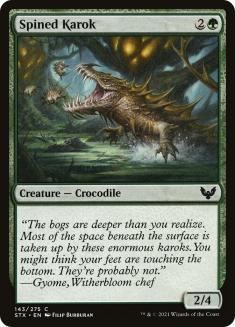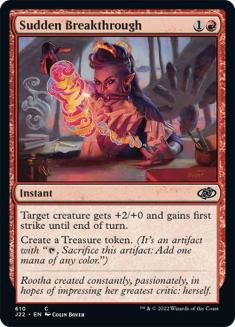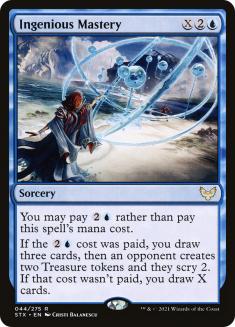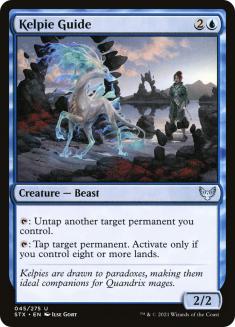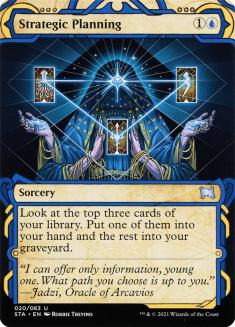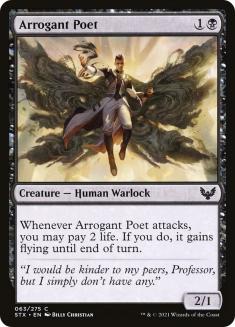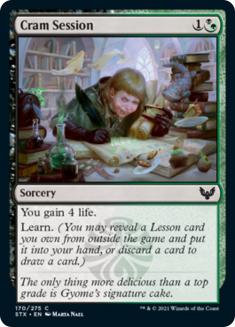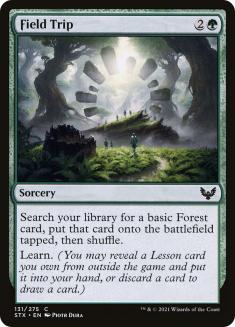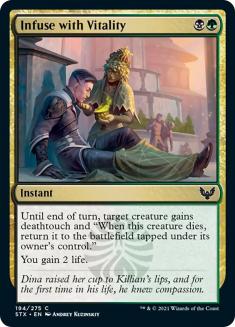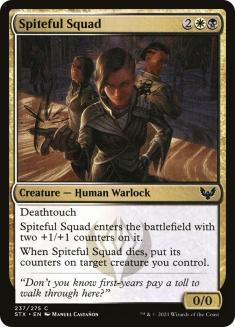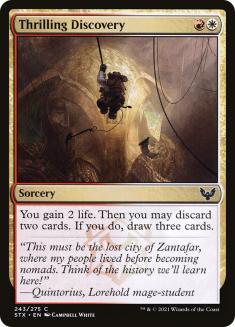This weekend a fellow Limited grinder, twoduckcube, reached out to me on Twitter because he was struggling in Strixhaven Limited. Specifically, he felt as though he didn’t understand why his decks were winning or losing. He would go 2-3 with a deck he thought was great, and get seven wins with a deck he thought was mediocre. He even gave me a test first, providing five decks to see if I could guess how well they did, since they all performed significantly outside his expectation.
“You did surprisingly well,” he said, after I gave my predictions.
We then had a long conversation, where I explained my thought process for evaluating the decks. Then, I received a message later saying he thought about our conversation during some drafts, and proceeded to get seven wins in both. He has now skyrocketed from rank #950 to rank #12, winning about 80% of his matches since this conversation. Of course, I’m not taking credit for that, as he had to play and draft well on his own. But, as he put it in his message to me, “adjusting mental approach can go a long way.”
So, what’s the secret sauce? What’s this mental adjustment that paid off so clearly?
How does my deck win with respect to the decks I expect to play against?
This question may sound simple, but the implementation of it is rather complex. If you’re asking yourself this question after the draft is over, it’s useless. The question needs to motivate how you navigate the entire draft. It should drive an internal dialogue. If you would like to read a theory piece on how to navigate a draft in this manner, I wrote one last year. I’d strongly recommend giving it a read after you finish this article, which focuses on how to apply this particular question to Strixhaven Draft navigation.
Breaking down the question, “with respect to the decks I expect to play against” is very closely related to “How do I lose, given the current metagame?” which makes the questions you need to ask yourself a bit more concrete:
- How does my deck win?
- How does my deck lose?
Let’s try to answer these questions for Quandrix, specifically for two variants of the archetype.
Quandrix (Ramp)
How does it win? By going over the top. This deck will win basically any long game. It’s the best deck at splashing powerful rares and it has the biggest threats and lots of card advantage. Because of this, it loses when the opponent has an aggressive start, making it important to over-prioritize your curve. If you can shore up a good curve and bridge the gap into the late-game with cards like Eureka Moment, the probability you get to seven wins skyrockets.
This deck has four important components, in order of priority:
- Curve
- Interaction
- Card Advantage
- Top-End
This order is exactly due to “How does this deck lose?” A good curve and interaction squash the starts that beat you, some forms of ramp and card advantage bridge that gap as I described before, and then you’ll win with whatever you have. Luckily, the most common win conditions of Elemental Mastery and Leyline Invocation go pretty late and get the job done. The only top-end cards important to prioritize are Fractal Summoning and Serpentine Curve, but those tend to go later than they should anyway.
In the middle of the draft, if you find any of these components lacking, they become a massive priority. Quandrix is my highest-performing archetype, and the decks I’ve drafted that have all four of these get seven wins. Those where one is lacking struggle to get just five.
Quandrix (Non-Ramp)
This deck is all about playing efficient spells at every point on the curve. It’s capable of playing any role, but generally wants to curve out with creatures. Scurrid Colony followed by Frost Trickster and Professor of Zoomancy is a really nice curve. It’s easy to back this with interaction such as Bury in Books and Mage Duel. Furthermore, all of these threats scale well as the game goes later, making this midrange deck capable of competing with the best decks out there.
This deck wins via flexibility by deciding which role the opponent’s deck fails on, and capitalizing by trying to win on that axis. Against an aggressive deck, it’s important to trade early and try to transition to the late-game, where you know you’ll win. Against a controlling deck, you do the opposite. Because of this, it’s crucial to prioritize drafting cards as if they’re components to a Swiss Army knife.
For example, if you’ve drafted a few pieces of solid interaction, but no forms of card advantage, it may be correct to take Eureka Moment over Mage Duel, even though Mage Duel is a “better card for the non-controlling Quandrix deck.” It’s true, Mage Duel is more important than Eureka Moment for the deck in the abstract. But in the middle of the draft, if you have the interaction component solidified for that Swiss Army knife, taking the card advantage is better so that you’re capable of competing on that axis.
Every strategy has some counter-strategy, and this archetype loses by not having the right tools to pivot into that counter. Note: this is a reframing of how the deck wins, but I still find that mental manipulation useful.
Your Own Generic Framework
Take time on your own to think about the components of each archetype. Map it out. Every deck has so many different variations and deviations that you’ll find hidden gems here.
I think the notion of “components” is important. While drafting, build a small list of abstract concepts that your final deck will need, such as “threats,” “removal,” and “card advantage.” When you start to see how a deck looks in full, you begin to realize how to deviate from making decisions motivated by “card A is better than card B.”
The word “better” doesn’t mean anything. Better with respect to what? It should always be with respect to the deck you’re currently drafting, which really means the deck you expect your current pool will become. This means your decisions should be motivated by what you expect to see in the future parts of the draft. That was a huge level-up for me in Shadows over Innistrad Draft, and if it’s new to you, really sit and think about it.
Furthermore, the framework of evaluating cards and making decisions this way should still be fundamentally driven by the questions, “How does my deck win?” and “How does my deck lose?” Understanding that a deck loses to aggression is just the first step. Take the next step and explore that with respect to what the aggressive decks are in the format.
If Silverquill is the main aggressive deck, a bunch of early ground blockers won’t actually help prevent getting run over, as an overwhelming number of threats in that deck have flying. This is why Scurrid Colony is so important in Quandrix. Without reach, that card would be significantly worse because it wouldn’t help fight on the axis that matters for aggressive decks in this format.
Let’s take a look at a few exemplary decisions where this framework is helpful.
Pack 2, Pick 5
The Picks So Far:
The Pack:
The Pick:
Pack 1, Pick 1, Mage Hunters’ Onslaught is a better card than Combat Professor. However, take a look at the pool of cards again. I already have seven removal spells. This pool isn’t likely to yield the normal aggressive Silverquill deck. When I imagine what my final deck will look like, the games I win are by attacking with flyers and using my removal on the creatures that matter. If I don’t have enough flyers, that plan will fall apart.
Further, I already have almost enough removal. Similarly, I’m most likely to lose games where my main suite of threats are interacted with. There just comes a point where that extra removal spell doesn’t contribute to my plan as much, and I believe we’re at that point.
A large part of the evaluation here is the vigilance component of Combat Professor. A flyer that doesn’t block well wouldn’t have the same premium notion. Combat Professor, through vigilance, can support a battlefield where I don’t have to use my removal spells on some of my opponent’s creatures. That’s incredibly valuable.
Pack 3, Pick 1
The Picks So Far:
The Pack:
The Pick:
This pack has a lot of options. But before delving into them, make sure to look at the pool. What type of Quandrix deck is this? What is it missing?
This is a Quandrix ramp deck, and it’s looking to splash two different colors. It has a good curve, good interaction, good card advantage, and top-end. So it already has everything the deck needs, right? Well, recall what I said before. The most important thing about these different components is how they bridge the early-game to the late-game. So, because each component is properly represented, I believe I can eliminate any option that doesn’t help bridge that gap. By this logic, I believe the options that do this best are Kelpie Guide, Field Trip, and Snow Day.
While Kelpie Guide is probably the best role-player for this, I took Field Trip. It’s possible this was greedy, but I did it for two reasons. The first is that this pack had so many good blue cards, I thought I would wheel Snow Day if I took Field Trip (I didn’t). The second reason is that I felt I didn’t have enough learn cards to go with my fantastic suite of Lessons, and given the desire to splash, access to Environmental Sciences was extremely important.
I’m still not sure what is correct, but I’m quite certain it wasn’t Ingenious Mastery, as that doesn’t really help the deck in the ways that it needed help.

